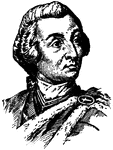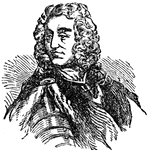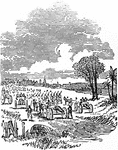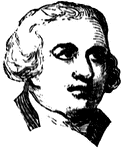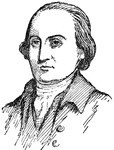The Georgia ClipArt gallery includes 89 illustrations related to the State of Peach State.
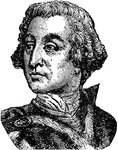
James Oglethorpe
The founder of Georgia, born in London, England, Dec. 21, 1688; died there Jan. 30, 1785.
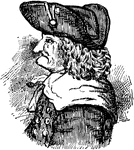
James E. Oglethorpe
(1696-1785) "English soldier, reformer and colonist, founder of the State of Georgia." -Foster, 1921.

Paper Money, Ten Dollars Bill, 1776
Ten Dollar Bill ($10) Georgia currency from 1776. Image of a palm tree and a stone. Type set with three…
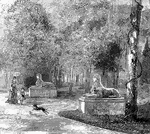
Forsyth Park
Forsyth Park is a large city park that occupies 30 acres in the historic district of Savannah, Georgia.…
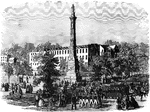
Pulaski Monument
"Review of Confederate troops on their march to Virginia, in front of the Pulaski Monument, Monument…
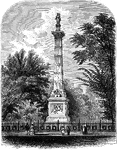
Pulaski Monument
An illustration of the Pulanski monument located in Savannah, Georgia. Pulaski was laid out in 1837…

Fort Pulaski
Fort Pulaski, on Cockspur Island at the entrance to the Savannah River, Georgia, was built by the United…

Savannah River
The Savannah River is a major river in the southeastern United States, forming most of the border between…

Roswell's Ferry
"The war in Georgia- the Sixteenth Army Corps fording the Chattahoochee at Roswell's Ferry, July 10th,…

Savannah, Georgia, Looking East
"View of Savannah, Ga., looking east, toward Fort Jackson. Savannah, the entry port of Georgia, is built…

Sherman's Campaign
"Sherman's Campaign in Georgia- the attack of the Fourteenth, Sixteenth and Twentieth Army Corps on…
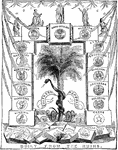
Southern Republic Built from the Ruins
A political cartoon of the Southern states being built from the ruins after the Civil War.

Alexander Hamilton Stephens
Alexander Hamilton Stephens (February 11, 1812 – March 4, 1883) was an American politician from Georgia.…

Thanksgiving Ball
"Soldiers and women participating in a Thanksgiving Ball. Thanksgiving festivities at Fort Pulaski,…
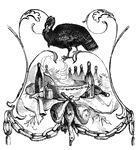
Thanksgiving Dinner
"Thanksgiving dinner. Thanksgiving festivities at Fort Pulaski, Ga., Thursday, November 27th, 1862.…

Toccoa Falls
Toccoa Falls waterfall is located on the campus of Toccoa Falls College in Stephens County, Georgia.…
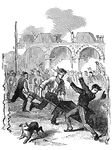
Wheelbarrow Race
"Soldiers aparticipating in a wheelbarrow race. Thanksgiving festivities at Fort Pulaski, Ga., Thursday,…
